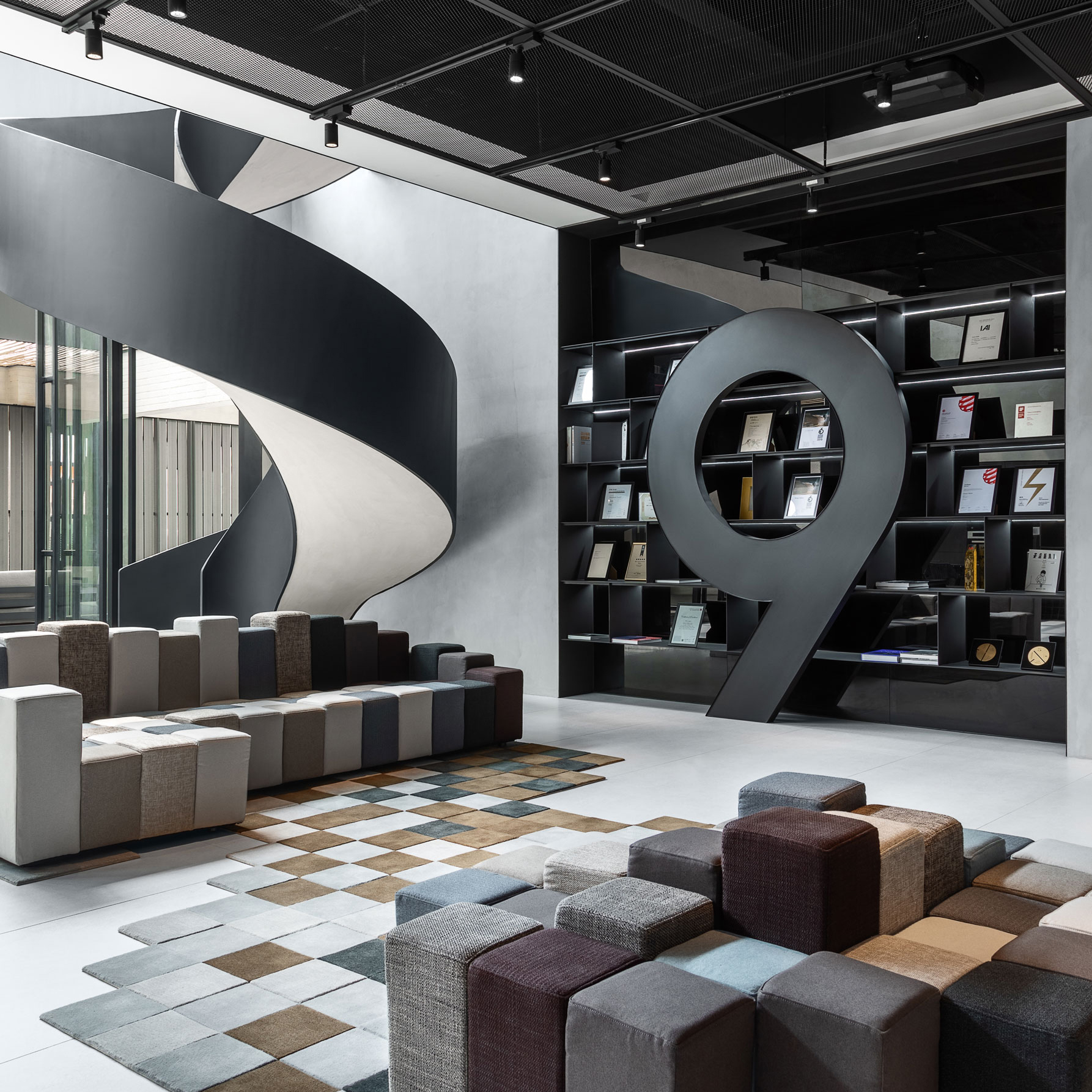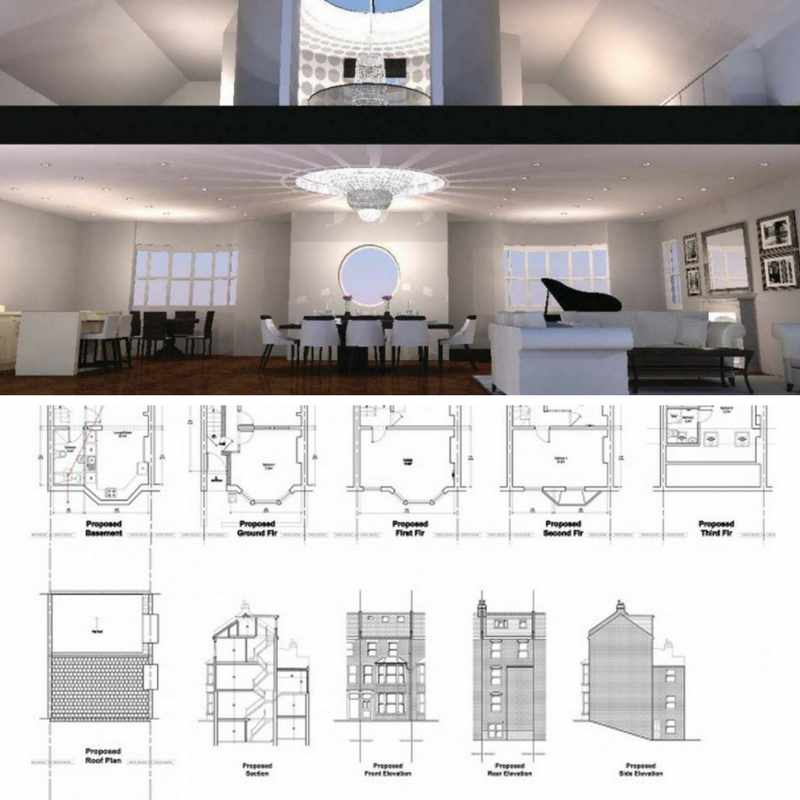Leading Top Hampshire Designers for Custom and Innovative Designs
Leading Top Hampshire Designers for Custom and Innovative Designs
Blog Article
The Art of Balance: Exactly How Interior Design and Home Engineer Collaborate for Stunning Results
In the realm of home style, striking an equilibrium in between aesthetic appeals and functionality is no tiny feat. This delicate balance is attained via the unified collaboration between interior designers and designers, each bringing their one-of-a-kind competence to the table. The outcome? Rooms that are not just aesthetically stunning but also incredibly habitable. This ideal blend is not always easy to achieve. Remain with us as we check out the ins and outs of this joint procedure and its transformative effect on home layout.
Understanding the Core Differences In Between Inside Style and Home Architecture
While both indoor layout and home style play important duties in creating visually pleasing and useful spaces, they are naturally various disciplines. It deals with the 'bones' of the structure, functioning with spatial dimensions, load-bearing walls, and roofing designs. On the other hand, interior layout is more concerned with improving the sensory and visual experience within that structure.
The Synergy In Between Home Style and Interior Design
The harmony in between home style and Interior Design lies in a shared vision of style and the improvement of useful visual appeals. When these 2 areas straighten sympathetically, they can transform a home from regular to phenomenal. This cooperation calls for a much deeper understanding of each technique's concepts and the capability to develop a cohesive, aesthetically pleasing atmosphere.
Unifying Style Vision
Merging the vision for home style and Interior Design can develop an unified home that is both functional and aesthetically pleasing. The balance begins with an incorporated frame of mind; designers and interior designers collaborate, each bringing their competence. This unison of concepts develops the style vision, a blueprint that guides the project. This shared vision is important for consistency throughout the home, ensuring a liquid change from outside design to interior spaces. It promotes a collaborating technique where architectural elements enhance Interior Design elements and vice versa. The result is a natural space that mirrors the house owner's preference, way of life, and personality. Hence, unifying the style vision is important in blending style and Interior Design for stunning outcomes.
Enhancing Practical Aesthetic Appeals
How does the harmony in between home design and Interior Design enhance useful visual appeals? This harmony enables the development of spaces that are not just aesthetically appealing however also easily functional. Architects prepared with their structural style, making sure that the room is efficient and useful. The indoor developer then matches this with meticulously chosen elements that improve the visual appeals without jeopardizing the capability. This unified collaboration can result in homes that are both lovely and livable. An engineer could design a house with big windows and high ceilings. The interior designer can then highlight these functions with high plants and large drapes, respectively, therefore improving the aesthetic charm while preserving the functional advantages of natural light and spaciousness.
Value of Partnership in Creating Balanced Spaces
The collaboration in between interior developers and designers is pivotal in developing balanced rooms. It brings harmony between style and architecture, bring to life spaces that are not just visually pleasing yet likewise useful. Checking out successful collective strategies can supply insights right into how this synergy can be effectively accomplished.
Harmonizing Style and Style
Balance, an essential facet of both Interior Design and style, can only absolutely be accomplished when these 2 fields operate in consistency. This harmony is not simply a visual consideration; it impacts the capability, durability, and ultimately, the livability of a space. Interior developers and architects need to understand each various other's roles, appreciate their knowledge, and interact effectively. They should think about the interaction of architectural elements with design, the circulation of rooms, and the impact of light and color. This collective process leads to a natural, well balanced style where every aspect contributes and has a purpose to the general aesthetic. Integrating layout and style is not simply concerning developing attractive rooms, yet concerning crafting rooms that function effortlessly for their occupants.
Effective Collective Techniques

Case Researches: Successful Integration of Style and Design
Taking a look at several instance research studies, it becomes noticeable exactly how the successful assimilation of Interior Design and style can transform a room. The Glass Home in Connecticut, renowned for its minimalistic elegance, is one such example. Designer Philip Johnson and visit homepage interior designer Mies van der Rohe collaborated to produce an unified balance in between the structure and the inside, causing a seamless circulation from the exterior landscape to the internal living quarters. Another exemplar is the Fallingwater Residence in Pennsylvania. Architect Frank Lloyd Wright and indoor developer Edgar Kaufmann Jr.'s collective initiatives result in an amazingly distinct residence that blends with its natural environments. These study underscore the profound effect of an effective design and design cooperation.

Getting Rid Of Difficulties in Style and Architecture Cooperation
Regardless of the undeniable advantages of a successful collaboration in between Interior Design and style, it is not without its challenges. Interaction problems can arise, as both celebrations may utilize different terms, understandings, and methods Recommended Site in their job. This can result in misconceptions and delays in task completion. An additional major difficulty is the balancing act of looks and functionality. Engineers may prioritize architectural integrity and safety and security, while designers focus on convenience and style. The combination of these purposes can be complex. my site In addition, budget and timeline restrictions often add stress, possibly causing rifts in the collaboration. Efficient communication, mutual understanding, and compromise are critical to get rid of these obstacles and attain a unified and effective collaboration.

Future Trends: The Advancing Connection In Between Home Architects and Interior Designers
As the globe of home design proceeds to develop, so does the relationship in between engineers and interior designers. The pattern leans in the direction of a more incorporated and collective strategy, breaking complimentary from traditional functions. Engineers are no longer exclusively concentrated on structural stability, yet also take part in improving visual appeal - Winchester architect. On the other hand, indoor designers are embracing technical elements, affecting overall layout and performance. This advancing synergy is driven by developments in innovation and the expanding need for spaces that are not only visually pleasing however lasting and also practical. The future guarantees a much more natural, ingenious, and flexible strategy to home layout, as engineers and developers continue to blur the lines, fostering a relationship that really embodies the art of balance.
Verdict
The art of equilibrium in home style is achieved through the unified partnership between indoor developers and designers. An understanding of each other's techniques, reliable communication, and shared vision are essential in creating aesthetically sensational, functional, and welcoming areas. Despite obstacles, this collaboration fosters development and advancement in design. As the partnership between home architects and indoor designers advances, it will remain to shape future patterns, boosting comfort, performance, and personal expression in our home.
While both indoor style and home style play important functions in creating visually pleasing and functional areas, they are naturally different self-controls.The harmony between home design and indoor design exists in a common vision of design and the enhancement of useful appearances.Unifying the vision for home design and indoor design can create an unified living room that is both functional and visually pleasing. Hence, unifying the layout vision is important in mixing style and interior design for sensational outcomes.
How does the synergy in between home design and interior layout enhance functional visual appeals? (Winchester architect)
Report this page